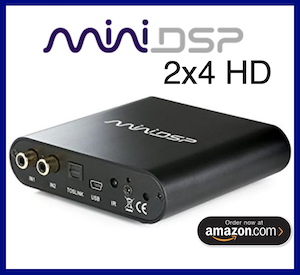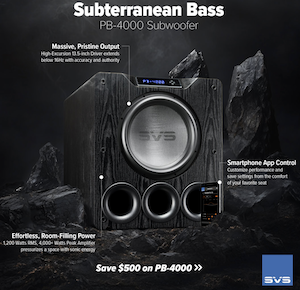sremick
Registered
Thread Starter
- Joined
- Aug 7, 2020
- Posts
- 4
More
- Preamp, Processor or Receiver
- Emotiva UMC-200
So I'm very new to REW and this is my first project to use it on. I'm working on setting up a 7.1 outdoor setup. I have an Emotiva UMC-200 hooked up to a 12-channel amp, and an miniDSP UMiK-1.
I am using REV 5.20 Beta 59 on Win10. I also installed ASIO4ALL v 2.14.
In my defense, there were several other earlier help posts I started which I then canceled as I ultimately figured it out myself.
I feel pretty good about getting up to the point of taking measurements. I did multiple readings from each speaker and averaged them together. Now it's time to EQ but the process here is a bit more opaque.
Despite the myriad of options on the EQ screen, is the process basically:
1) select the reading for the speaker to EQ and click the [EQ] button
2) Set the target type (for me I'm thinking "Full range" for all except the sub)
3) Under "Filter Tasks", set the "Match Range" (20Hz - 20KHz?)
4) Click "Match response to target" (I put in a basic "house curve" earlier)
5) Export the filter settings as a text file, then manually enter in the settings into the UMC-200
It sounds too easy, and I suspect there is more I should be doing on the EQ screen. I've attached my MDAT file. I sent the full range to everything including the sub for now in order to use that data to determine cross-over points. One thing I'm thinking is that I should up the levels on some of the speakers, so there's more room to EQ things down flat. REV didn't seem to be able to EQ much on some since they didn't travel much above 75dB but there was a lot of variation below that. With my UMC-200 selected as the EQ, it seems some settings are limited in the "Filter tasks" screen, such as Match Range max limit of 20KHz, "Individual max boost" is a max of 3dB, "Overall max boost" maxes out at 3dB, "Flatness target" maxes out at 6dB.
Anyhow, I'd really appreciate some individual guidance at this stage in my REW learning experience. I did do a lot of searching for tutorials, but all seem to be focused on how to take measurements, not how to use the EQ screen which is far more nuanced.
Thanks!
I am using REV 5.20 Beta 59 on Win10. I also installed ASIO4ALL v 2.14.
In my defense, there were several other earlier help posts I started which I then canceled as I ultimately figured it out myself.
I feel pretty good about getting up to the point of taking measurements. I did multiple readings from each speaker and averaged them together. Now it's time to EQ but the process here is a bit more opaque.
Despite the myriad of options on the EQ screen, is the process basically:
1) select the reading for the speaker to EQ and click the [EQ] button
2) Set the target type (for me I'm thinking "Full range" for all except the sub)
3) Under "Filter Tasks", set the "Match Range" (20Hz - 20KHz?)
4) Click "Match response to target" (I put in a basic "house curve" earlier)
5) Export the filter settings as a text file, then manually enter in the settings into the UMC-200
It sounds too easy, and I suspect there is more I should be doing on the EQ screen. I've attached my MDAT file. I sent the full range to everything including the sub for now in order to use that data to determine cross-over points. One thing I'm thinking is that I should up the levels on some of the speakers, so there's more room to EQ things down flat. REV didn't seem to be able to EQ much on some since they didn't travel much above 75dB but there was a lot of variation below that. With my UMC-200 selected as the EQ, it seems some settings are limited in the "Filter tasks" screen, such as Match Range max limit of 20KHz, "Individual max boost" is a max of 3dB, "Overall max boost" maxes out at 3dB, "Flatness target" maxes out at 6dB.
Anyhow, I'd really appreciate some individual guidance at this stage in my REW learning experience. I did do a lot of searching for tutorials, but all seem to be focused on how to take measurements, not how to use the EQ screen which is far more nuanced.
Thanks!












